What to know about the $31T U.S. debt ceiling as default deadline looms
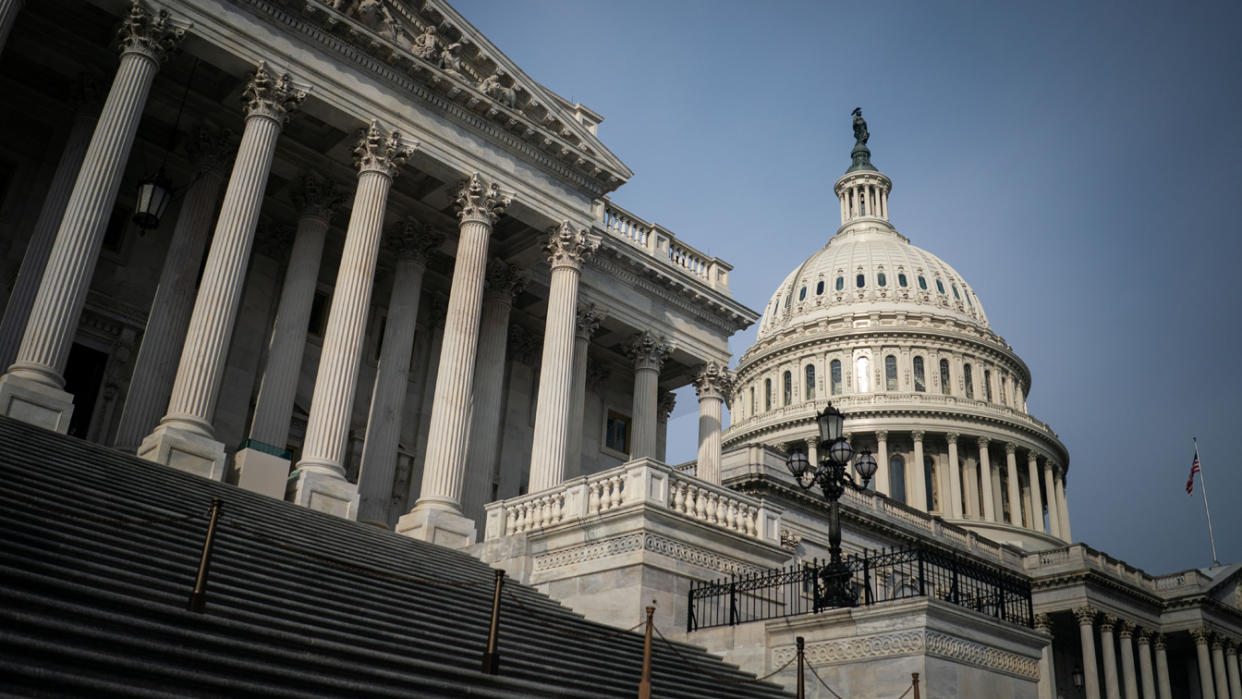
The ceiling on the amount of debt the federal government can issue to fulfill financial obligations is fast approaching, but the Republican-controlled House has signaled that it’s prepared for another round of financial brinkmanship, with Speaker Kevin McCarthy endorsing a push by ultraconservatives to demand spending reductions as part of any extension of the federal government’s borrowing authority.
These far-right lawmakers have insisted that they don’t want the federal government to default on its financial obligations, saying that the onus is on the Democrats to negotiate. “There are two ways to [avert a default],” said Rep. Chip Roy, R-Texas, on CNN’s “State of the Union” last week. “Democrats and Republicans sit down and work honestly around the table to avert it, or brinkmanship, forcing the question by bringing it to the brink.”
Their conditions for raising the debt ceiling are unlikely to be accepted by the Democratic-controlled Senate or the White House, which is demanding that Congress raise the debt limit “without conditions.”
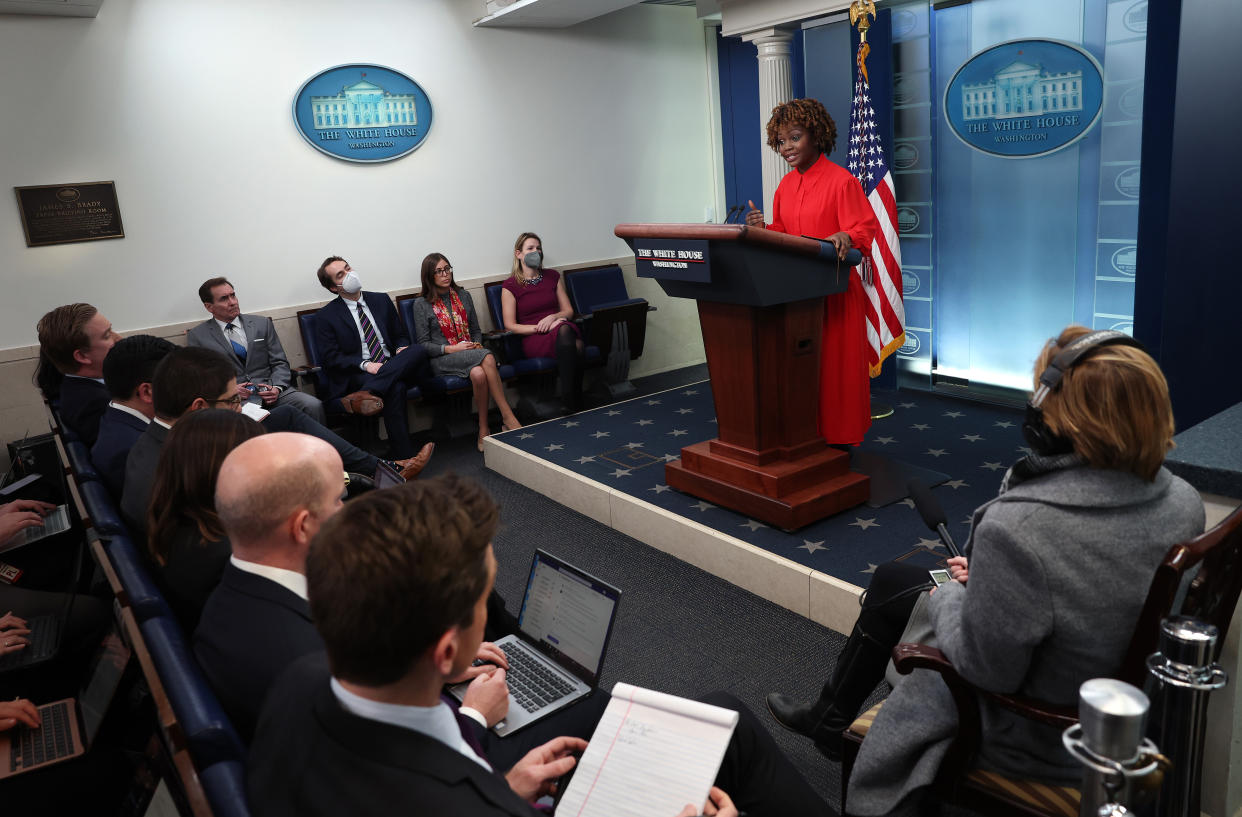
“We have been very clear about that — we are not going to be negotiating over the debt ceiling,” White House press secretary Karine Jean-Pierre said at a briefing last week.
If lawmakers fail to resolve the matter and cause a first-ever default on the part of the federal government, this could result in a slew of possible consequences — a stock market crash, a recession, an increase in consumer interest rates, currency devaluation and a downgrade of the federal government’s credit — not to mention a federal government unable to meet all its obligations.
Credit analysis firm Moody’s Analytics predicts that a four-month default would result in a 4% drop in the U.S. GDP, a 30% decline in stock prices and the erasure of $15 trillion in household wealth, and would cause companies to slash 6 million jobs.
What exactly is the debt ceiling?
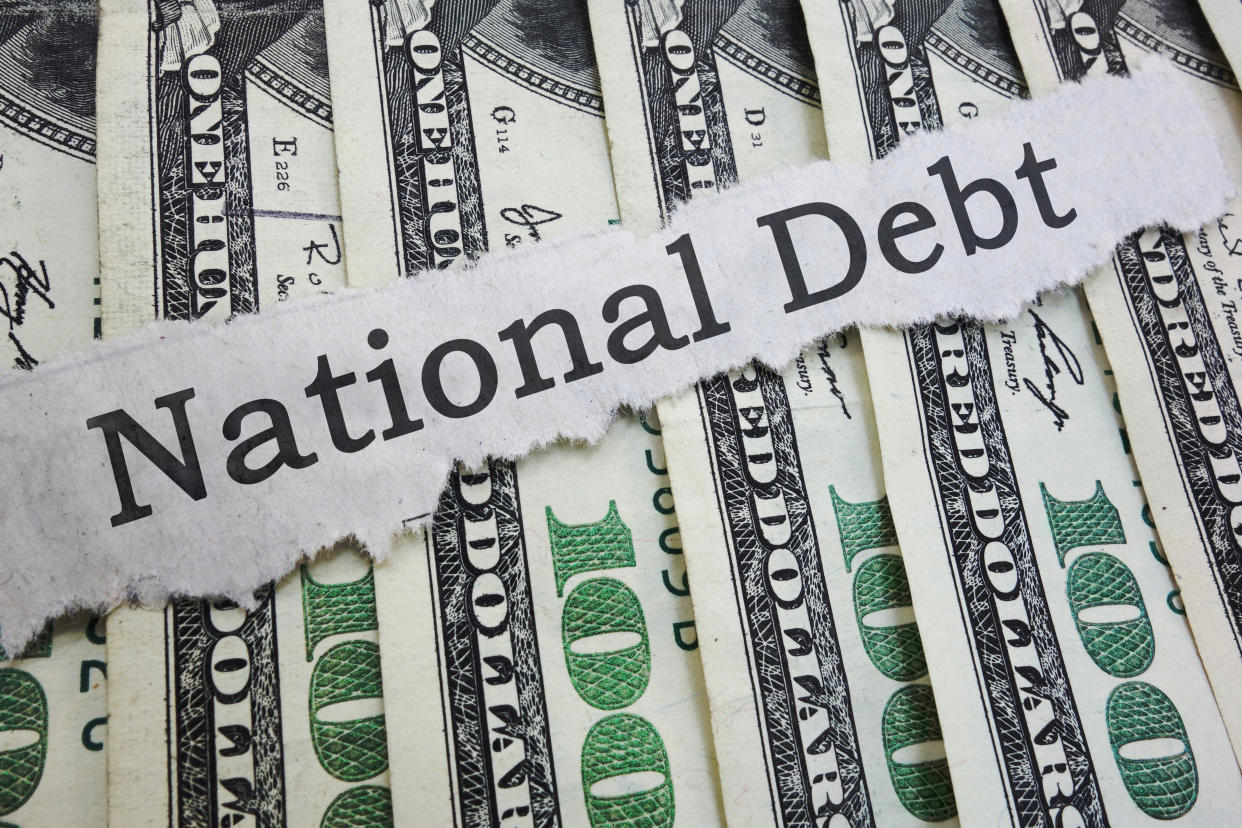
The debt ceiling is a limit on the total amount of money the federal government is authorized to borrow — through Treasury-backed securities such as bills and savings bonds — to fulfill its financial obligations. The current debt ceiling for the U.S is roughly $31 trillion.
Because the federal government almost always runs a budget deficit — $421B for FY 2023 — it usually has to borrow quite a bit of money to keep things running.
When will the debt ceiling be breached?
The federal government is expected to reach the debt ceiling on Thursday. After that, the Treasury Department will use “extraordinary measures” to keep things running. By early June, Congress will need to act, Treasury Secretary Janet Yellen explained to McCarthy in a letter on Friday.
Bank of America analysts, in a memo to clients this week, predicted that a first-ever default was “likely,” and Goldman Sachs said in a memo that there’s a “great risk” of the possibility that the federal government would not be able to fulfill its financial obligations.
Why is there a ceiling on borrowing by the federal government?

According to the Constitution, Congress must authorize any borrowing by the federal government. The debt ceiling was instituted in 1917 so the Treasury wouldn’t have to ask for permission from Congress each time it had to issue debt to fulfill its financial obligations.
In the decades that followed, the raising of the debt ceiling was regularly done in a bipartisan fashion — and with little drama.
Why have things become complicated?
Ultraconservative lawmakers say that as part of their negotiations with McCarthy to allow him to become speaker, they secured assurances to include spending reductions to balance the federal budget in any extension of the debt ceiling.
And to enforce this — and other concessions McCarthy made — they’ve also secured other rule changes that allow just one member of Congress, Democrat or Republican, to bring a “motion to vacate,” which forces a vote on removing the speaker. Only a simple majority of the House would be needed to oust McCarthy.
The House’s rules for this Congress, adopted by a party-line vote last week, require an explicit vote to raise the debt ceiling.
What does the GOP want?
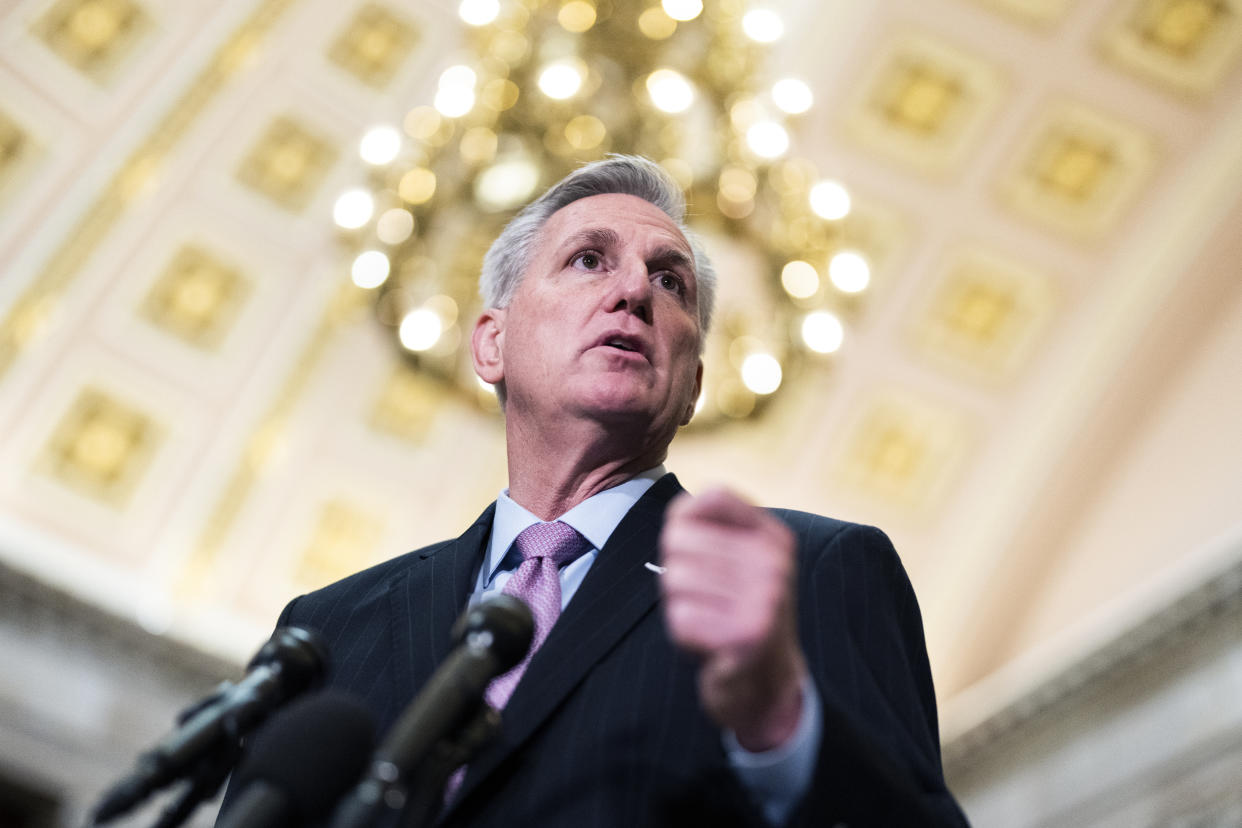
There is no specific set of demands at present, but there’s some consensus that an extension of the debt ceiling should be done in conjunction with reductions in federal spending.
In an interview on the Fox News program “Sunday Morning Futures,” McCarthy said it isn’t feasible for the federal government to “just keep increasing” the amount it borrows, and he called on Democrats to negotiate over reductions in spending.
Roy said he wants to reduce federal spending in fiscal year 2024 to fiscal year 2022 levels and balance the budget by fiscal year 2034. This would require austerity measures and tax increases that lack support in Congress. But “you only have so many negotiating points,” said Roy during his interview with CNN, “[and] the debt ceiling is one of those.”
Others in the GOP, however, say they won’t vote for an extension of the debt ceiling regardless of any negotiations, demonstrating the difficult position McCarthy is in, with a four-seat margin on party-line votes.
“We cannot raise the debt ceiling,” Rep. Andy Biggs, R-Ariz., tweeted earlier this week. “Democrats have carelessly spent our taxpayer money and devalued our currency. They’ve made their bed, so they must lie in it.”
Where do the Democrats stand?
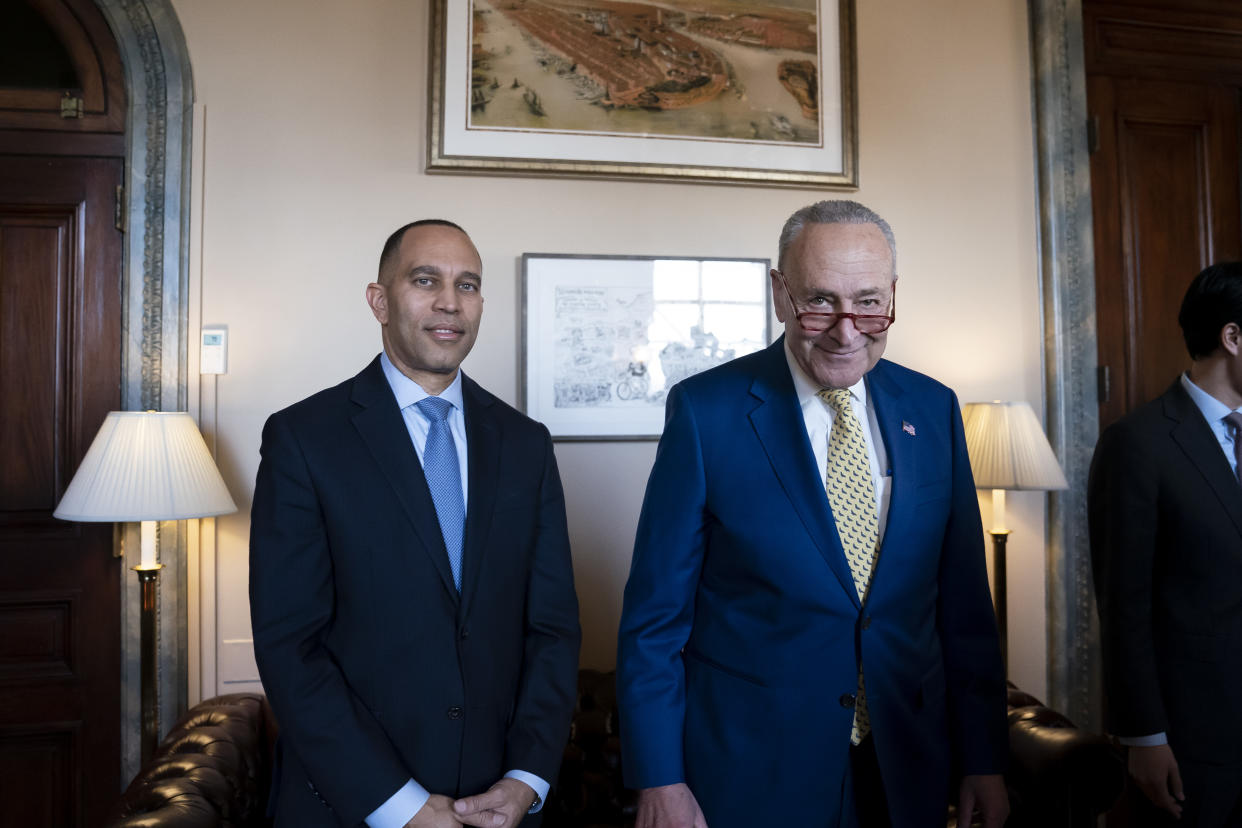
The Biden administration has been quite clear, saying there will be no concessions attached to raising the debt ceiling. “We’re not going to do negotiations,” Jean-Pierre told reporters last week.
Senate Majority Leader Chuck Schumer and House Minority Leader Hakeem Jeffries released a statement last week saying that an extension to the debt ceiling was made three times during the Trump administration “in a bipartisan way” — without concessions and negotiations — and “this time should be no different.”
“Congress must act on legislation to prevent a disastrous default.”
Will there be negotiations?

Some Republicans who are considered more likely to negotiate with Democrats — and possibly even cross the aisle – are frustrated with the other party's unwillingness to compromise.
Rep. Kelly Armstrong, R-N.D., told Politico it was “disappointing” that Democrats have refused to even consider fiscal reforms.
The Biden administration, according to Politico, is already working behind the scenes, organizing meetings with moderate Republicans — particularly those who represent districts that voted for Biden — to convince them to cross the aisle and vote with the Democrats to raise the debt ceiling.
One such Republican, Rep. Don Bacon, R-Neb., said in an interview on ABC’s “This Week” on Sunday that if Democrats expect to see any Republican cross the aisle, they will have to negotiate, because default is “a real threat.”
Bacon said that the GOP should realize it’s not in a position to “dictate” terms and get everything it wants “with control of just half of Congress,” but that its voters elected it “to control spending, so the Democrats have to show some movement our way too.”

